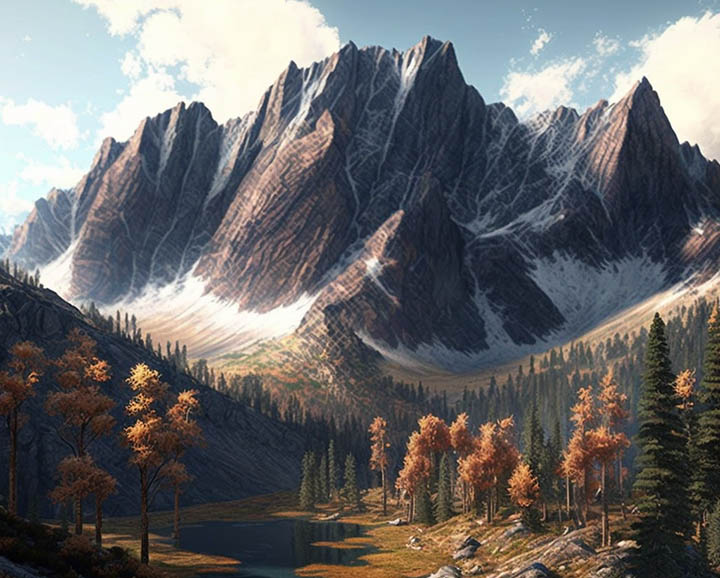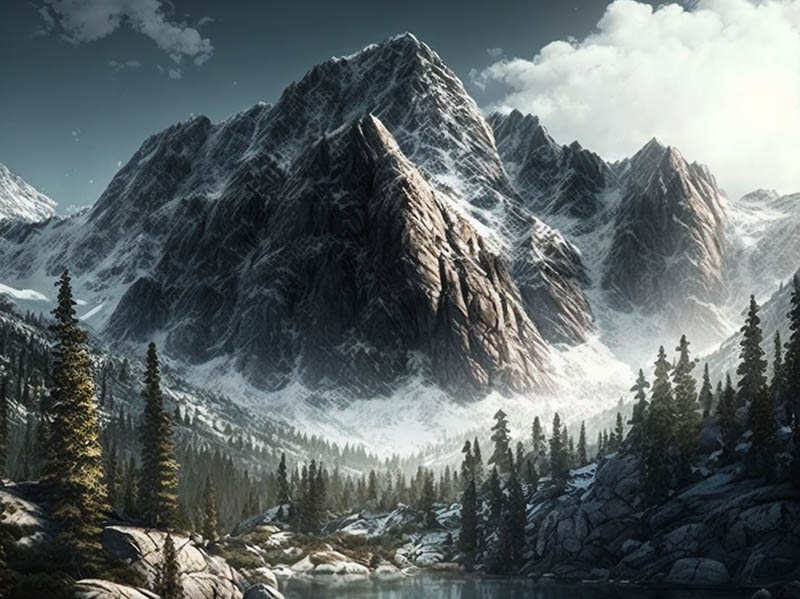The Rocky Mountains are a vast mountain range that stretches over 3,000 miles from British Columbia in Canada to New Mexico in the United States. They are one of the most iconic and popular destinations in North America, drawing millions of visitors each year. Do you know why the Rocky Mountains are called that? What are the geological features that make them so unique?
Geological Origins
These mountains were formed over millions of years by tectonic plate movements and volcanic activity. The range is primarily composed of sedimentary rock that was formed by the accumulation of debris and sediment over time. The rocks in the mountains are some of the oldest in North America and have been subject to extensive erosion and glaciation, resulting in the distinctive peaks and valleys that we see today.
Origins of the Rocky Mountains Name
The origins of the name “Rocky Mountains” can be traced back to the early 1700s when French traders first began exploring the region. The French referred to the mountains as “les Montagnes Rocheuses,” which translates to “rocky mountains.” The name stuck and was adopted by English-speaking settlers who moved into the region in the 1800s.

Significance of the Rocky Mountains
The Rocky Mountains have played an important role in the history and culture of North America. They were a major barrier for early explorers and settlers, and many important trade routes and transportation networks were established through the mountains. Today, the range is home to a diverse array of wildlife and plant species, and it is a popular destination for outdoor enthusiasts who come to hike, ski, and explore the rugged terrain.
Conclusion
In conclusion, the Rocky Mountains are a geological wonder that has captivated people for centuries. Their distinctive peaks and valleys are the result of millions of years of geological activity, and their name reflects the rugged and rocky terrain that characterizes the range. As one of the most popular destinations in North America, these mountains continue to attract visitors from around the world who come to experience the natural beauty and rich history of this iconic mountain range.


